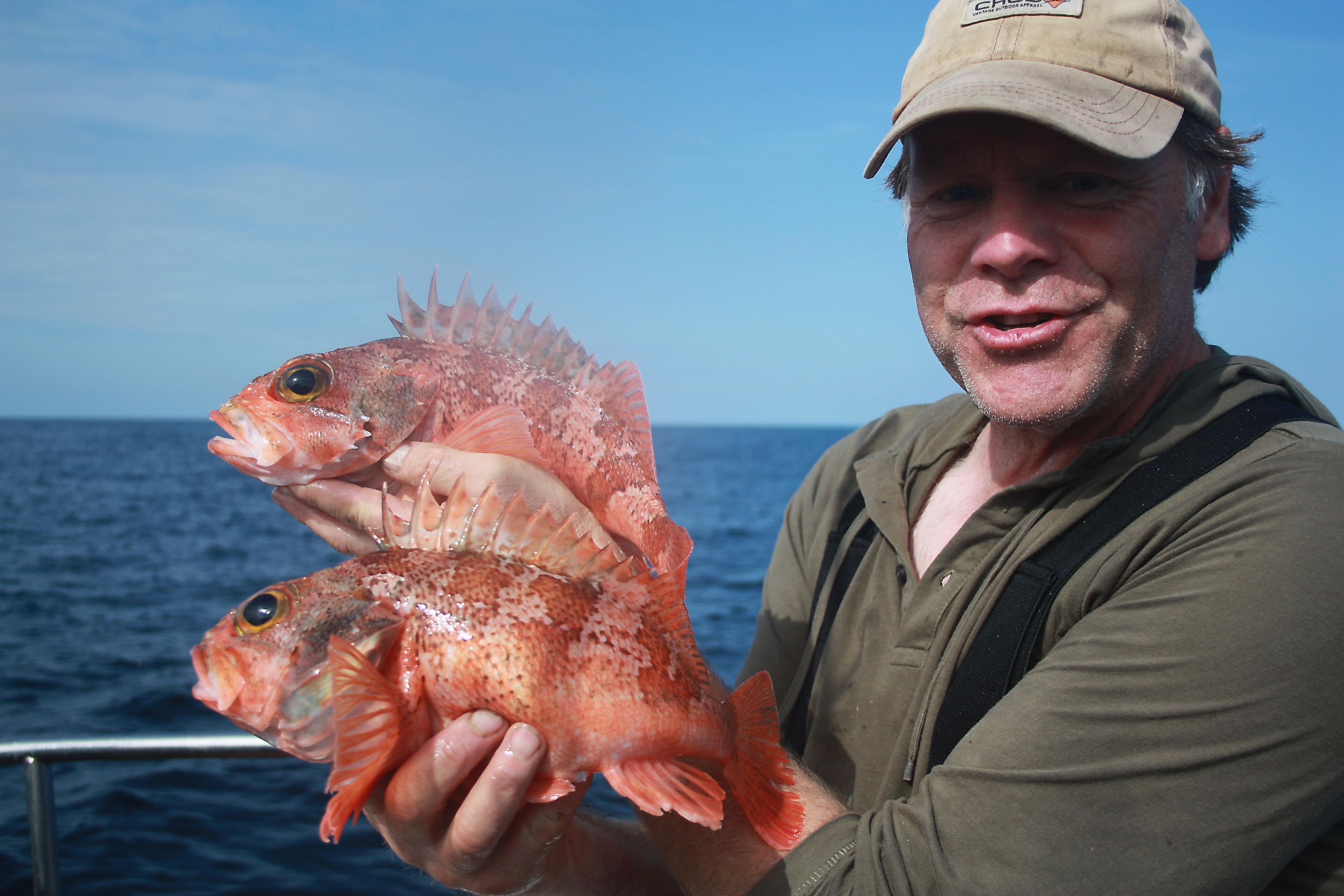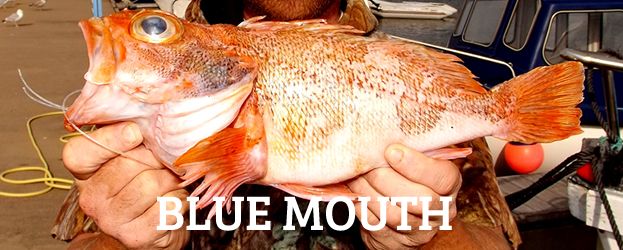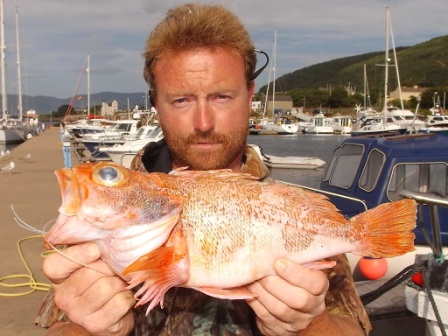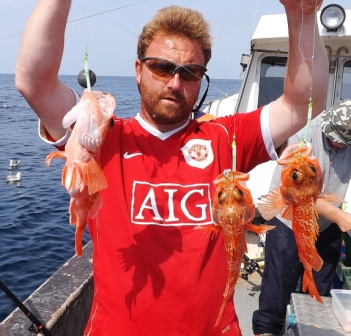Bluemouth
Bluemouth (Helicolenus dactylopterus)
Irish Record 1.32 Kilo taken on 28.07.2008 by Sue Tait at Caherciveen.
Specimen 1.984lb, or 0.9 kilo or 34cm total length
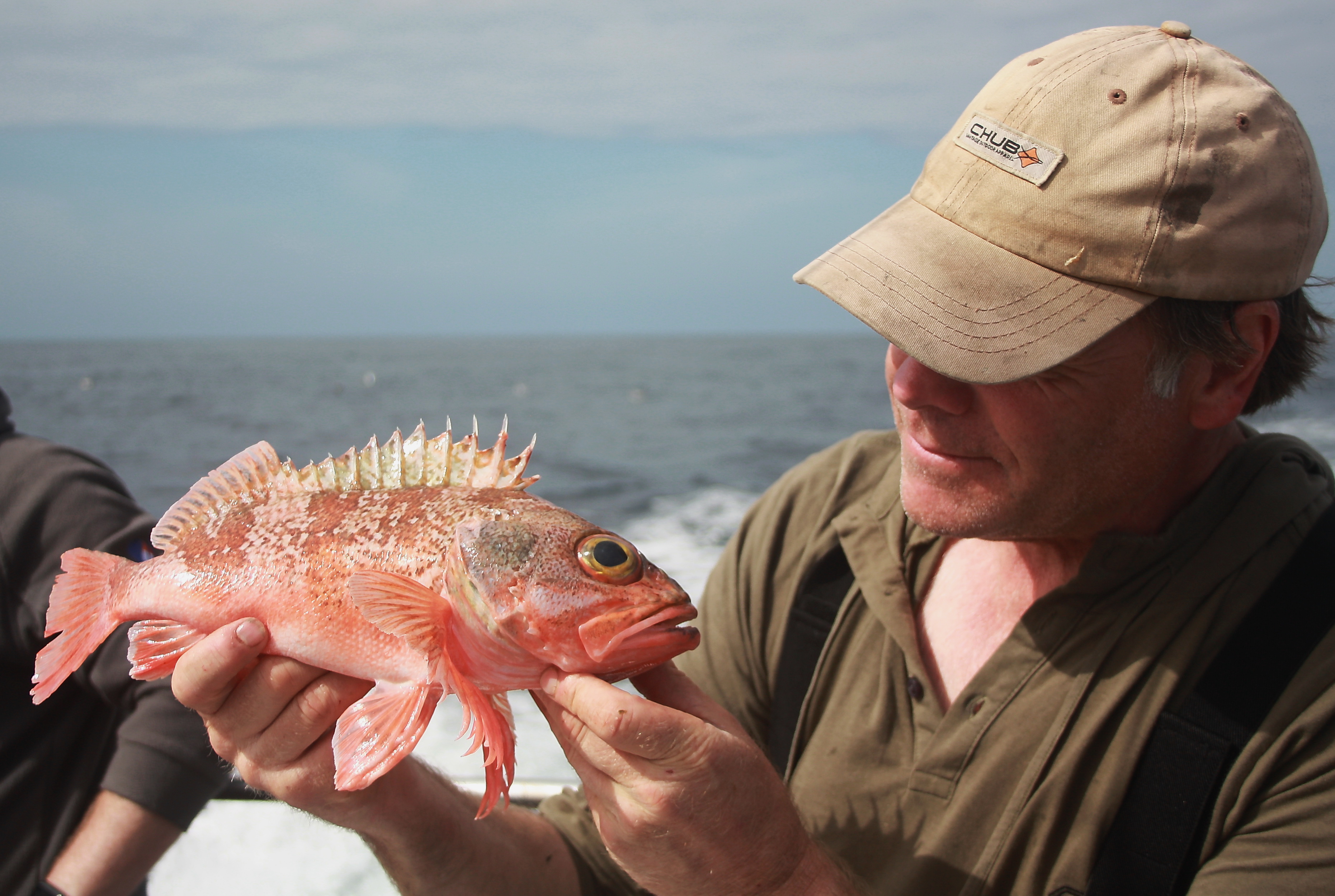
Identification
The body colour begins with a light or cream belly leading on to various shades of mottled and patchy orange along the flanks and the back. There is a long dorsal but the first part is spiny, and believed to be venomous. The eyes are large, and so is the mouth and pectoral fins. There is normally a darker patch on the gill covers. The inside cavity of the mouth parts are normally light blue, or dark blue going on to black in colour.
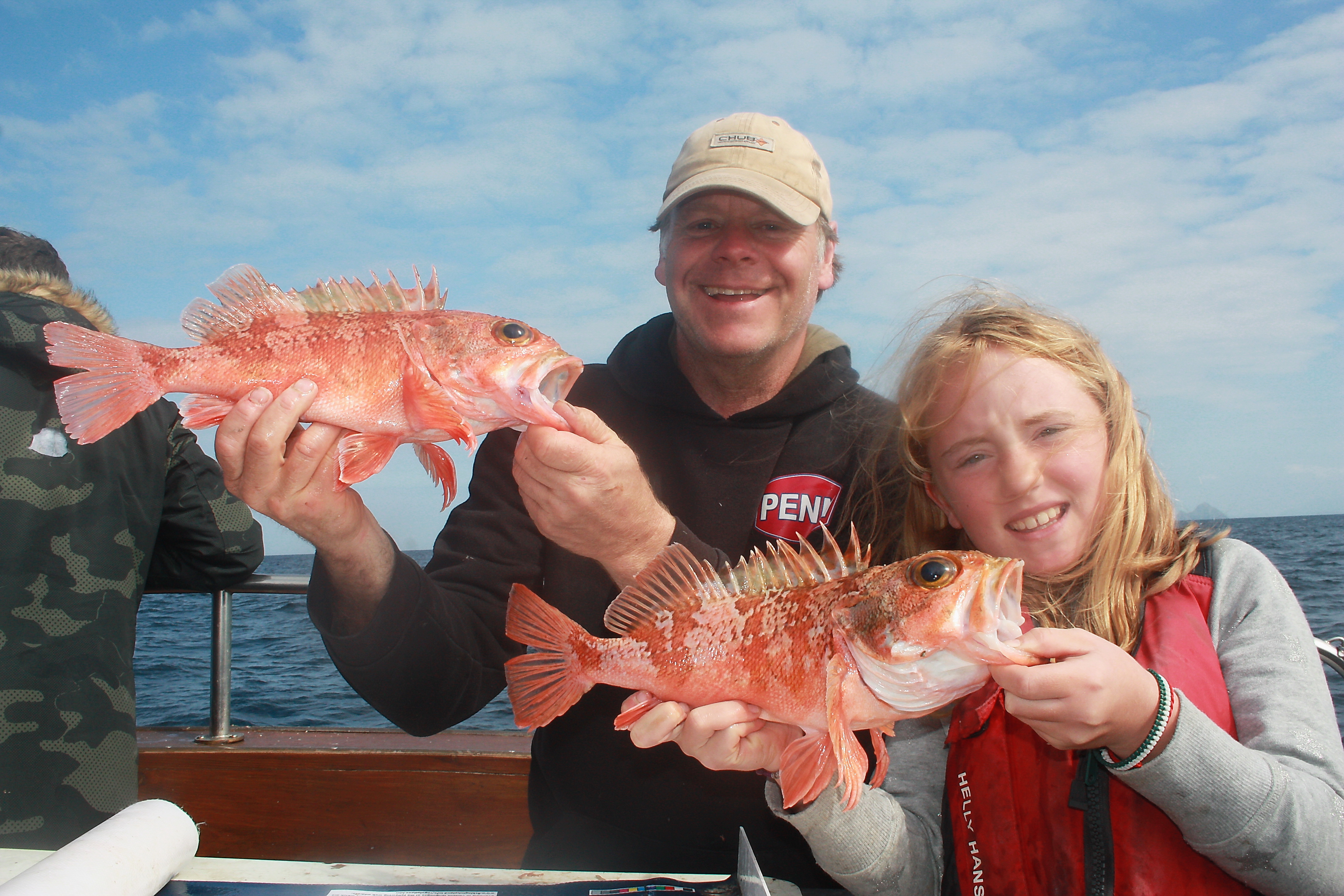
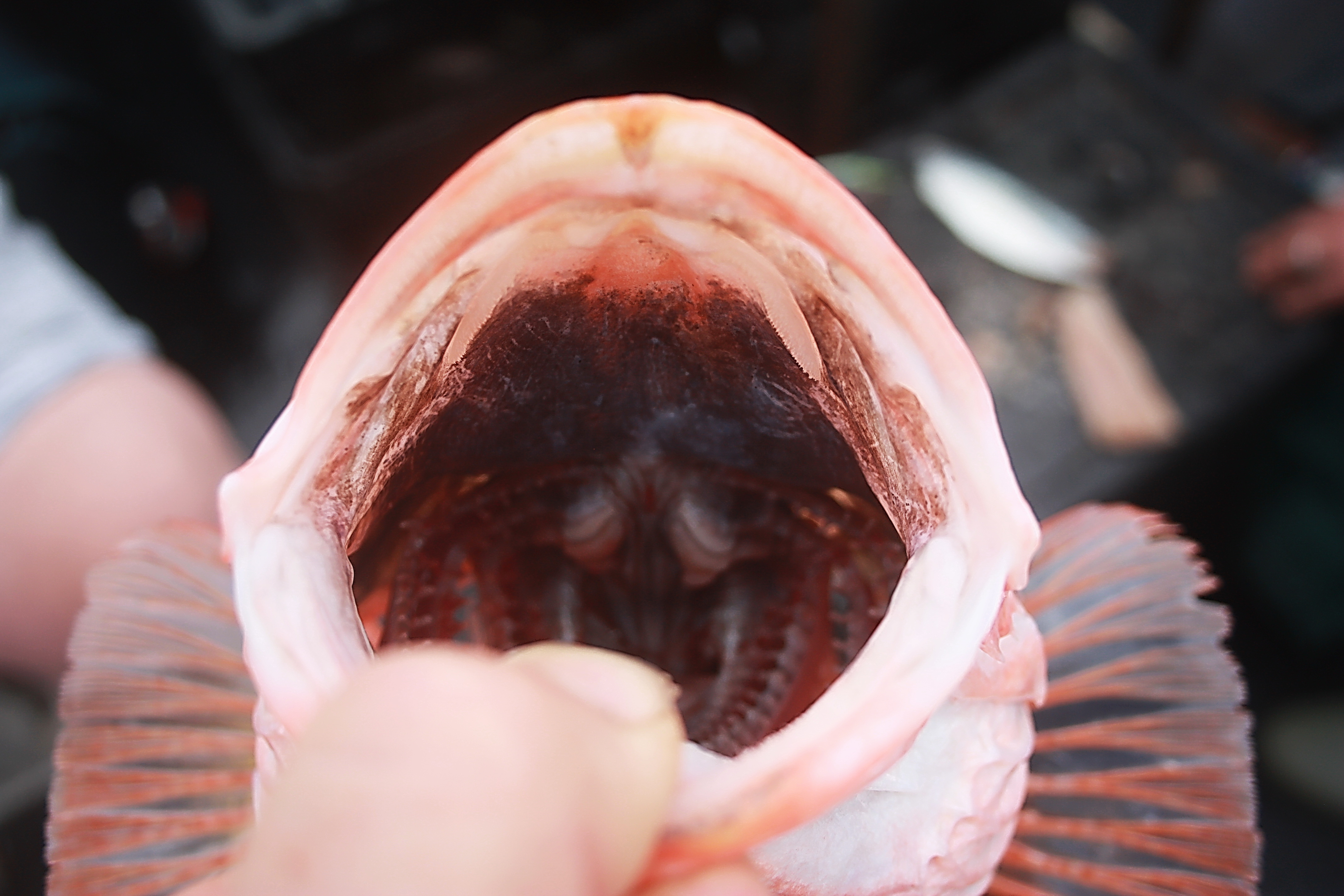
Where to catch
As a relatively recent addition to the specimen list, there is scope for this species to show from numerous areas off the south coast. However, for the time being, most Bluemouths are taken from the same off-shore reef marks by anglers and charter boats from several local harbours. Caherciveen and Valentia, or nearby ports are the primary harbours to depart from if you wish to target this species.
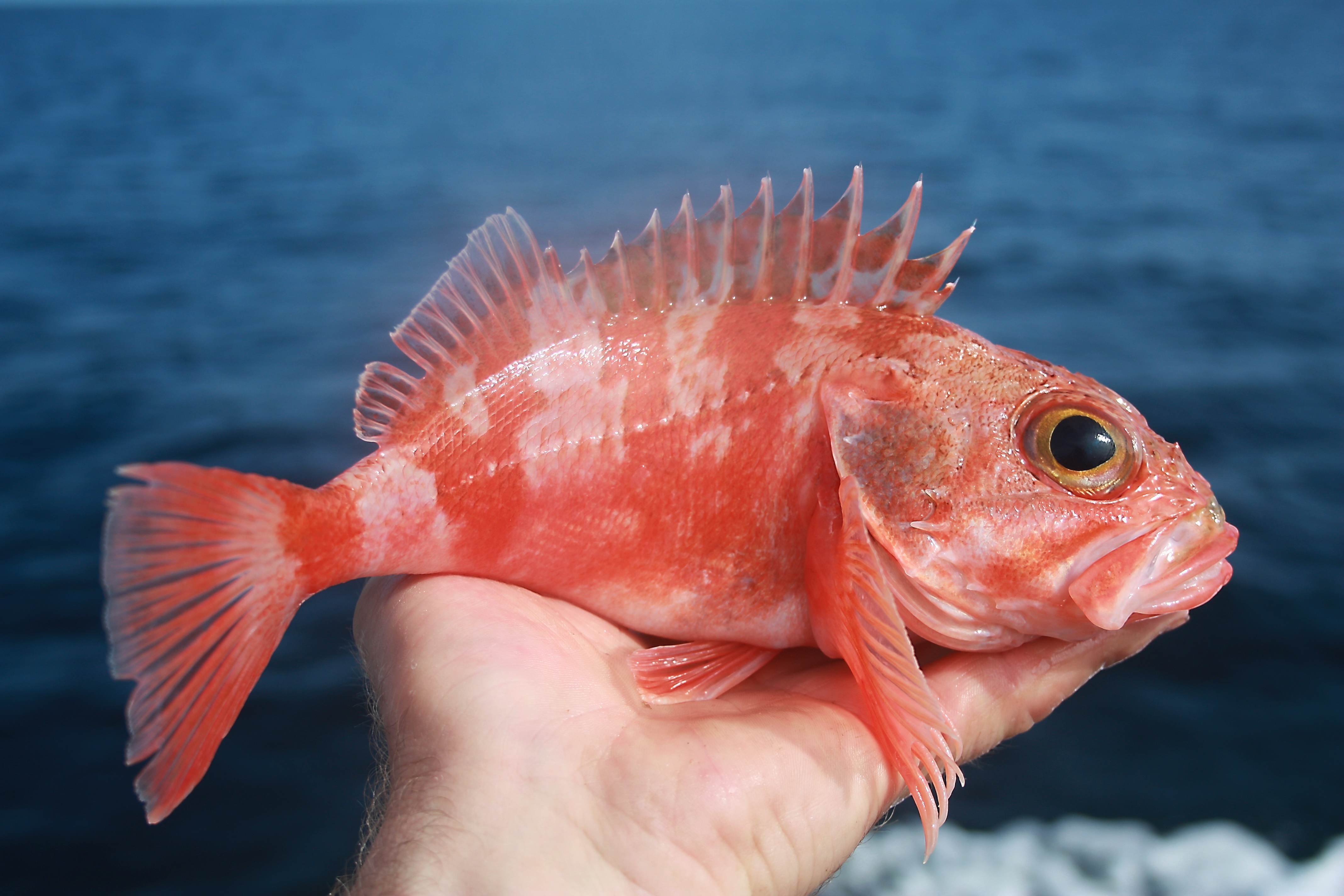
When to catch
Season begins in late spring, but the prime-time is the middle of summer, extending into late autumn. Some fish have been taken through the winter months that suggest fish are present, but usually weather conditions are too erratic to safely target this off-shore species.
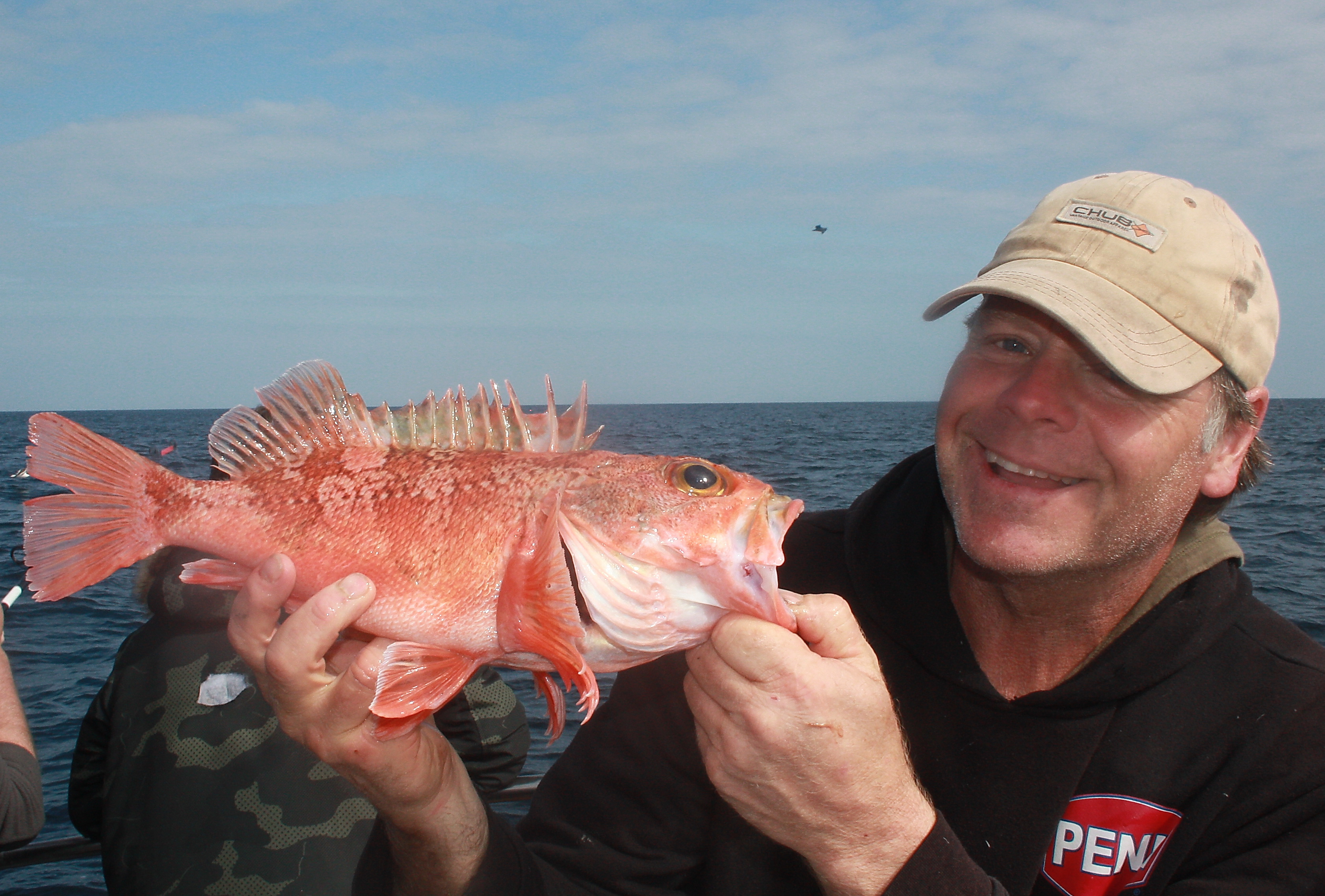
Irish Specimen Bluemouth
Bait
Bluemouth’s are ambush predators, hunting bait-fish and Sand eel. Typical oily sea fish such as strips of Herring or Mackerel, but without doubt, looking through previous catches, fresh Mackerel is the prime bait.
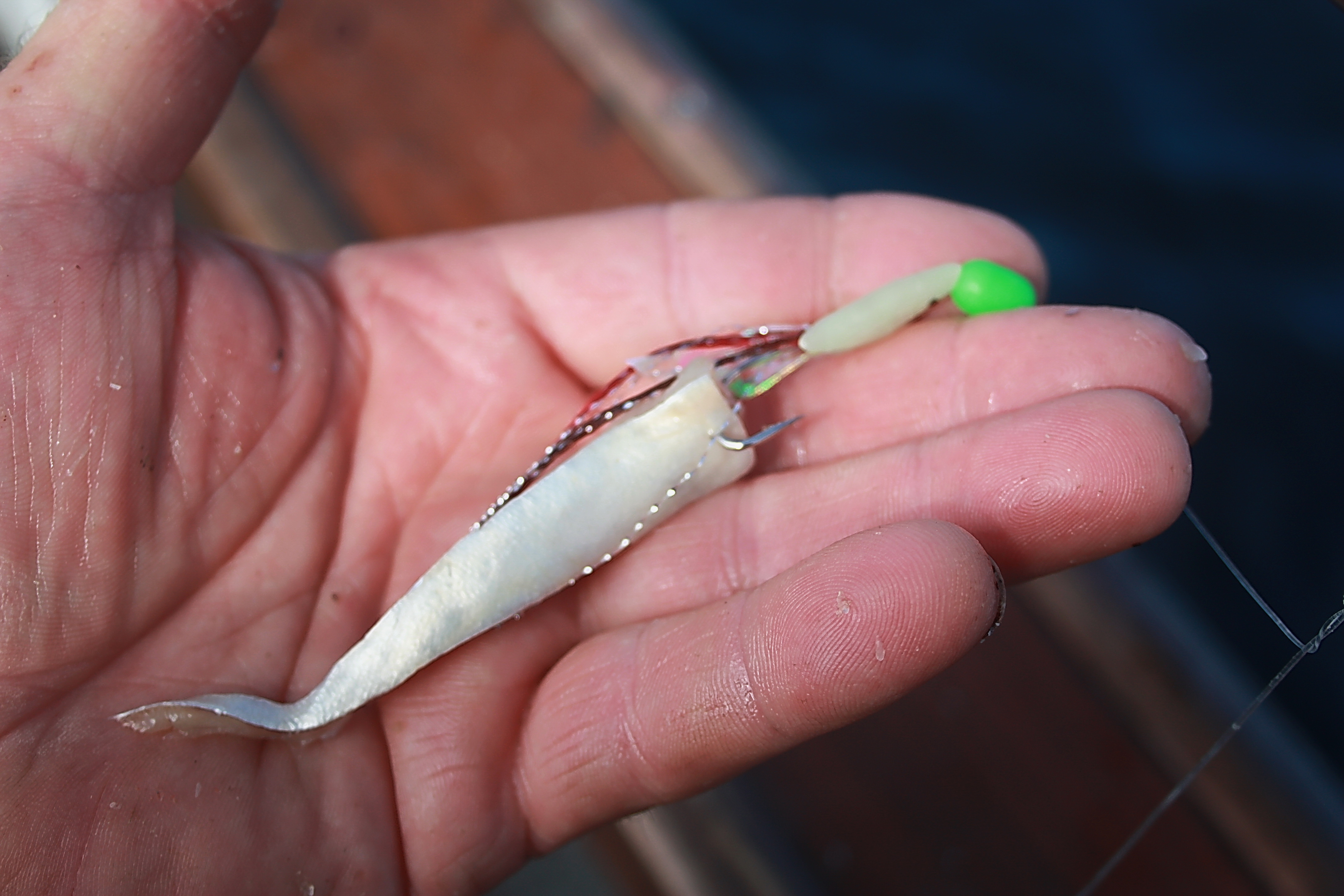
Methods
Almost without exception, baited feathers in one form or another, are the main methods to target Bluemouth. Luminous varieties such as “Hockais” or Shakespeare "Kestrels" that give added attraction in the depths are well-worth trying. A small strip of Mackerel, hooked once for added movement, and “jigged” over the deep-water mark will tempt this aggressive species.
